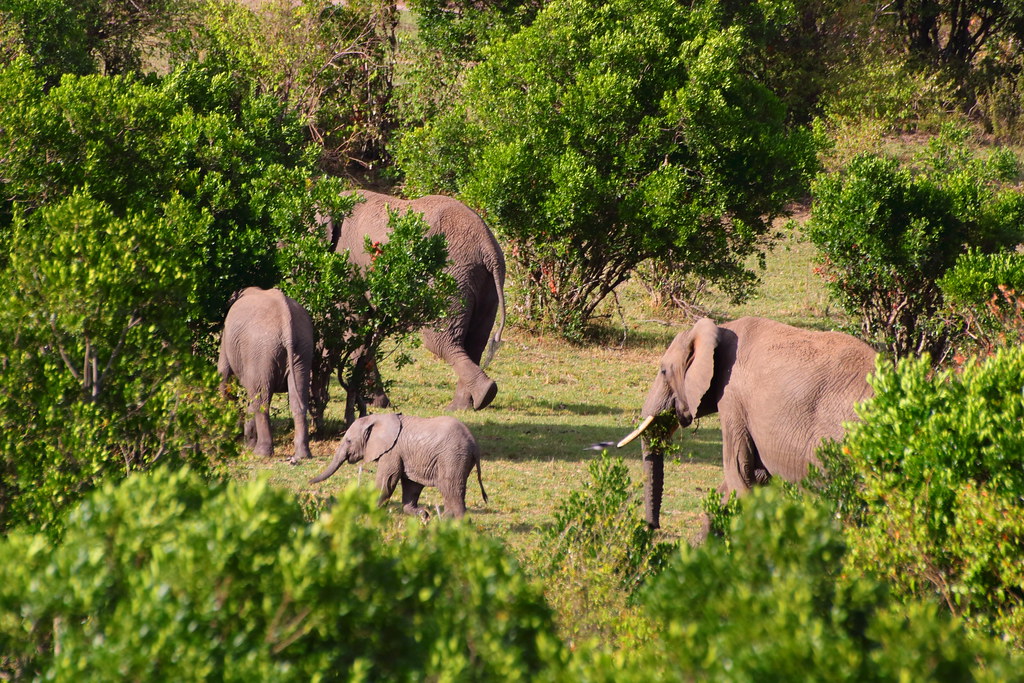The worst thing about Kabini is always the part about checking out. After my fourth annual visit, I almost feel at home there, knowing the schedule, those familiar faces, the paths etc. As were were heading by the river, I described to the naturalist where we’d seen the tiger, from where it had crossed, and where it had gone. “When was this?” he asked. “Feb 6th last year.” I answered without needing to consult any dates. Of course, I was slightly wrong on the dates and it was the 9th of Feb last year, but the point remains. I can say that the first visit was in May 2012, around the 15th, the second in Jan 2013, around the 20th and the fourth now, Feb 2015 on the 28th. Even with Bandipur, the dates are almost etched in memory, at least approximately – April 22 2011, Oct 25 2012, Dec 23rd 2013 and Nov 1st 2014.
This time around, we started out on the evening one, at 3:45 PM, me and Anand in the back row and a bunch of 4 guys, 3 in the front row and one sitting with us. “There is a call” said the Naturalist and stopped the jeep, looking for a big cat. “Elephants” I announced, having spotted them far away. After a few minutes of waiting for the Tiger to turn up, and noting that the deer in the vicinity were pretty chilled out, he announced that we’d be turning back and going to the other side of a river backwater. I was slightly disappointed at missing out on the elephants and was hoping this wasn’t going to be one of those safaris where you constantly chase big cats while ignoring every other mammal and at the end you end up with nothing. We approached the river backwater from the other side.
Again I announced “elephants.” and then almost cried out “And a calf!”. Am pretty calm during these safaris, keeping silent all the time, but for some reason I felt we were onto something. Right at the banks were standing 2 elephants, and a tiny calf. “Pretty tiny” I said. “Around a week old, must be” said the Naturalist. Younger, I felt. A few minutes later, he revised it – “3-4 days old” I think. The calf was too tiny, wide-eyed and with very little control over her trunk. All this made for some fun viewing. But later I had to agree with his estimate that she was around 4 days to a week old. She was able to use her trunk to suckle milk from her mother. (Am using ‘she’ as ‘it’ seems odd, and for some reason I kept referring to the calf as a she right when viewing, even without any idea of the sex of the calf.) The calf was around her mother and her aunt. The matriarch stood behind, with her back to these two. “She’s pregnant” I noted. The naturalist nodded. So there might be one more next visit?


The calf and the older ones drifted into the water, the calf keeping her trunk up. The older ones waded in as they swam across to reach the other bank, closer to where we stood.

The engine was off and we stood there, watching them, not a word passing, me trying not to foolishly shed tears. Thankfully it worked and I only ended up having a grin of childish wonder.


They climbed out of the water. The aunt nudging the little one out with her trunk. The mother poured sand all over herself. The calf then played all around her legs before using her trunk to get to her teats. The mother kept moving to graze interrupting the poor little one who wasn’t discouraged. We stood there for a while, just hanging around the calf, her mother and aunt. They stopped taking notice of us and went on with whatever they were doing.

After a while, we drove back to the other side which we had left from. The Matriarch stood there grazing keeping an eye out on us. She sure was pregnant. A tusker ambled around. Might’ve been an adolescent son, on the verge of being kicked out of the herd.

The little one continued to fool around on the other side. Sometimes we heard a trumpet of two as she tried to figure out the range of uses of her trunk, or maybe something got into it and she had to blow it out.
We hung around for another 5-10 minutes this side, not feeling like leaving their presence. For a brief while, time came to a halt and everything was great with the world.















